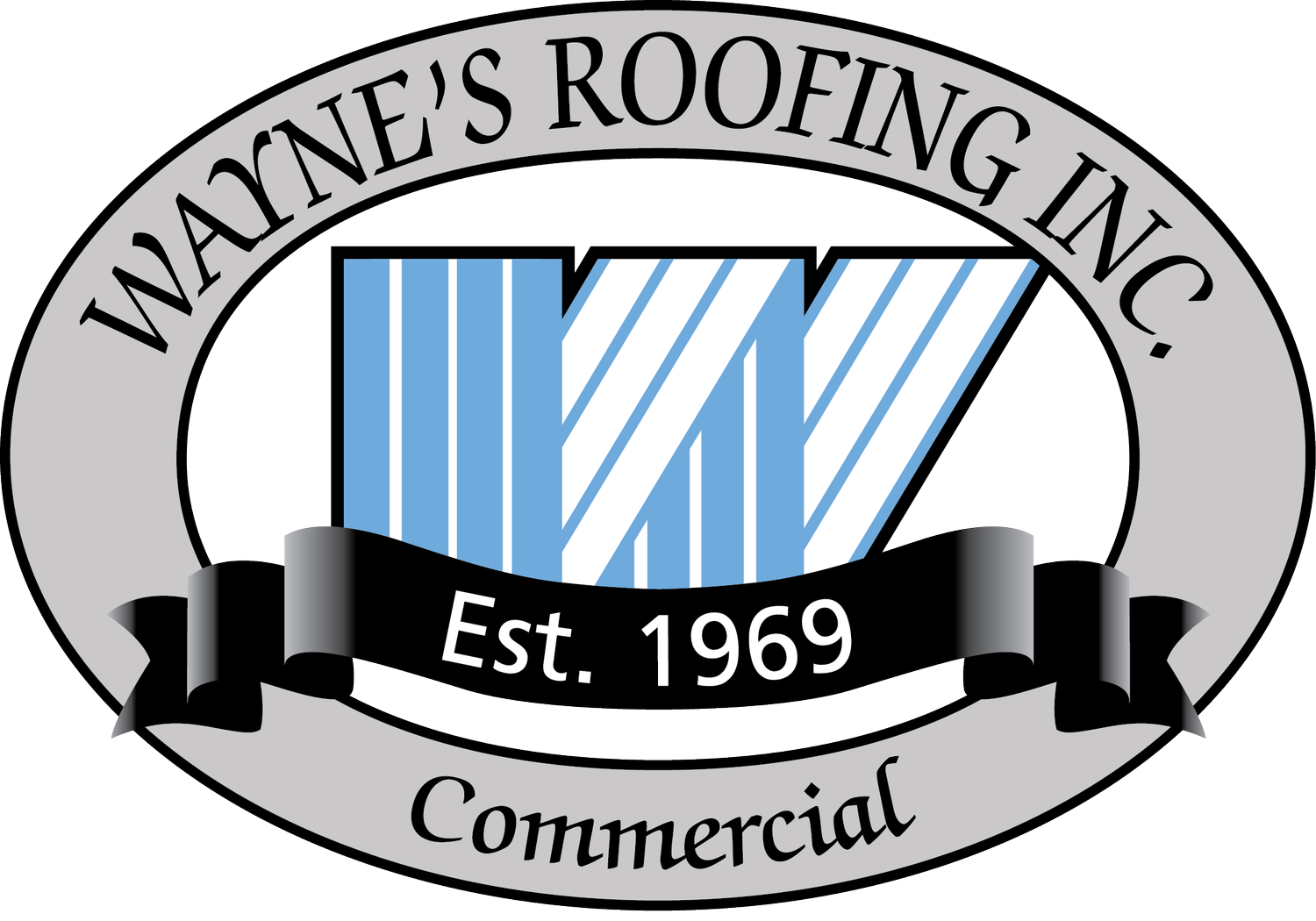Where Is the Water Coming From, If It’s Not a Roof Leak? 8 Tips to Prevent Commercial Roof Leaks
One of the biggest frustrations a facility manager experiences is when money is spent on a major expense like a roof replacement only to find evidence of water entry reoccur shortly after.
How could this happen? Chances are the original “leak” wasn’t from the roof in the first place. It originated someplace else.
When you see a puddle of water on the floor or a drip coming from a ceiling tile, it’s common to suspect the roof, but the truth is, there are several places where the water could be coming in from. Becoming familiar with the most likely scenarios and understanding how to identify the source of water intrusion can save you time and budget.
Here are some of the more common sources of water intrusion besides the roof.
Plumbing – Clogged drain pipes or sprinkler malfunctions can lead to water issues that present as leaks.
Mechanical – Typically HVAC issues. Air conditioning condensation from older or poorly maintained units can overflow, entering the duct work and ultimately leading to drips and puddles inside the building.
Windows/Doors/Walls/Building Penetrations – After heavy winds and rain, water can find cracks and vulnerable areas to enter your building.
Foundation – Areas around your building’s perimeter where the flooring meets the foundation can back up if not properly waterproofed.
Gutters/Downspouts – These can become clogged with debris or can be too narrow to handle heavy runoff conditions, causing water to build up and enter the building.
Identifying the origin of a leak can be a challenge particularly if it’s coming from multiple sources. It can take some sleuthing to truly nail it down, but having some knowledge on water intrusion causes, as well as having professional roofers, plumbers and mechanical contractors on speed dial will certainly help.
Maintenance Programs are the Way to Go
Maintaining a relationship with a professional roofing contractor such as Wayne’s Roofing, Inc., is the best way to protect your roof. A roofing contractor’s hands-on experience and knowledge of different types of roofing systems make them the ideal candidate for maintaining and managing your roof system.
8 Tips to Prevent Commercial Roof Leaks
Roof leaks can be frustrating, damaging, unsafe and costly to any facility, especially when not resolved in a timely manner. Some common issues that cause commercial roof leaks include membrane failures, drains and gutter issues, ponding water, and flashings.
Below are 8 tips to help prevent roof leaks from hanging over your head:
Ensure your roof is properly draining and not holding or ponding water.
Inspect your ceilings and walls from inside the building to look for evidence of roof leaks or other damage that may have occurred.
Periodically check for coping or metal flashing that might be missing.
Remove debris like leaves, sticks and garbage, preventing a backup in the drains.
Avoid sending anyone on the roof to remove snow who is not specifically trained to avoid causing damage to your roof.
Eliminate labor costs of a follow-up service call by asking the roofing tech on site to make simple repairs in the same visit.
Implement a routine maintenance plan to help double your roof’s lifespan.
Having to request a call-back for a roof leak that was supposedly just fixed can be even more frustrating than the roof leak itself. Hire only roofers who self-perform the work to better control the quality of the technicians, as well as the workmanship.
Wayne’s Roofing has been one of the leading installers of commercial roofing materials for over 50 years. We pride ourselves on providing personalized service and quality workmanship to our clients. This approach has served as the foundation of the development of our maintenance program called, PRIME.
Learn more about our PRIME Program HERE. Preserve and maintain your roof and prevent leaks.
